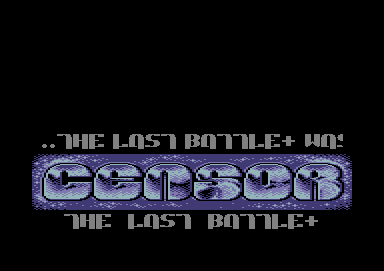
Those who question Shift's words are invited into a large stable where "Tashlan" is said to reside, only to be stealthily murdered by one of Rishda's men. Shift pockets the profits and garners support from the Calormenes – led by Rishda Tarkaan – by claiming that Aslan is another name for Tash, a bloodthirsty deity worshipped by the Calormenes. Shift, posing as Aslan's spokesman, uses Aslan's name to persuade the Narnians to cut down the trees for lumber. In the western regions of Narnia, the clever and greedy ape Shift persuades the naive donkey Puzzle to wear a lion's skin (an echo from Aesop's story of The Ass in the Lion's Skin ) and introduces him to the other Narnians as the Great Lion Aslan. The author wrote to illustrator Baynes, "is it not rather 'our' medal? I'm sure the illustrations were taken into account as well as the text." Plot

Lewis and The Last Battle won the annual Carnegie Medal from the Library Association, recognising the year's best children's book by a British subject. Macmillan US published an American edition within the calendar year. It concludes with termination of the world by Aslan, after a "last battle" that is practically lost. A false Aslan is set up in the north-western borderlands and conflict between true and false Narnians merges with that between Narnia and Calormen, whose people worship Tash. The novel is set some 200 Narnian years after The Silver Chair and about 2500 years (and 49 Earth years) since the creation of the world narrated in The Magician's Nephew. The Last Battle is set almost entirely in the Narnia world and the English children who participate arrive only in the middle of the narrative. Like the other novels in the series, it was illustrated by Pauline Baynes and her work has been retained in many later editions.

It was the seventh and final novel in The Chronicles of Narnia (1950–1956). Lewis, published by The Bodley Head in 1956. The Last Battle is a high fantasy novel for children by C.


 0 kommentar(er)
0 kommentar(er)
